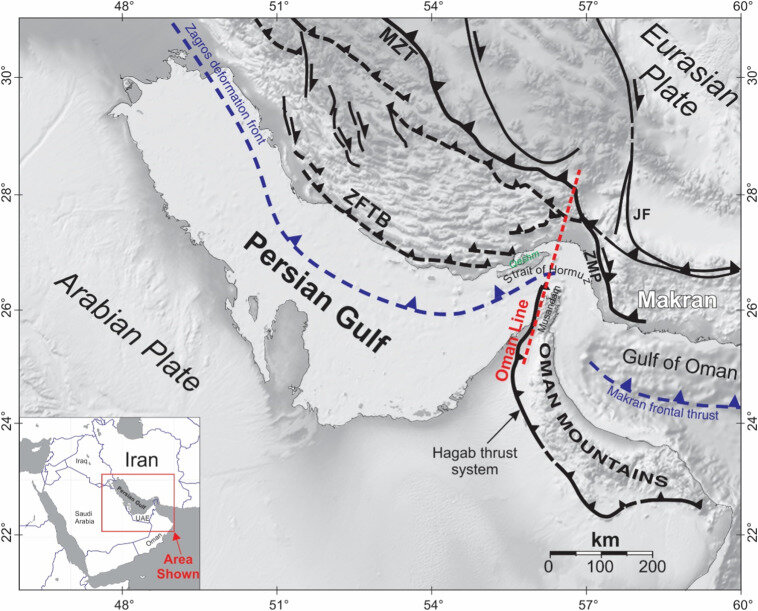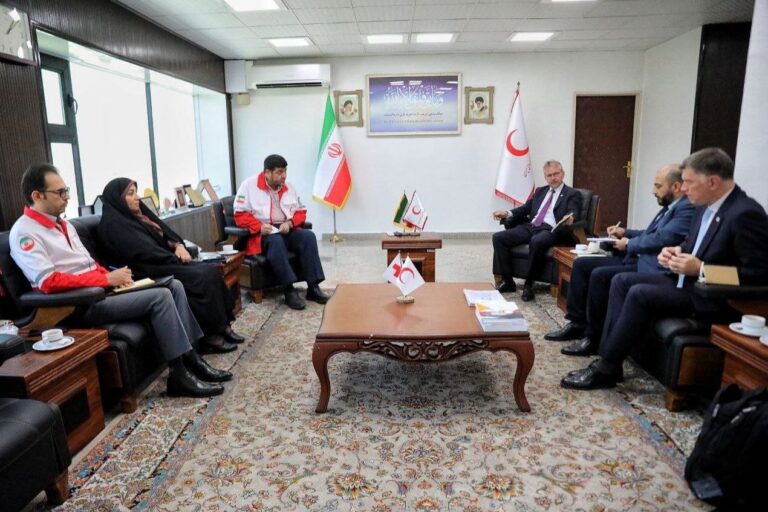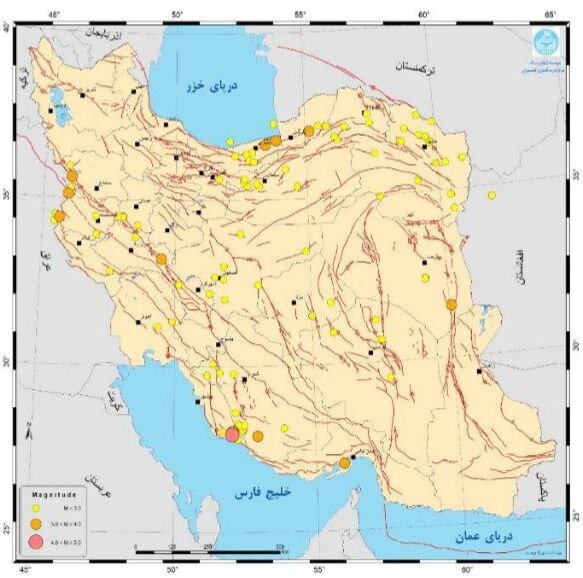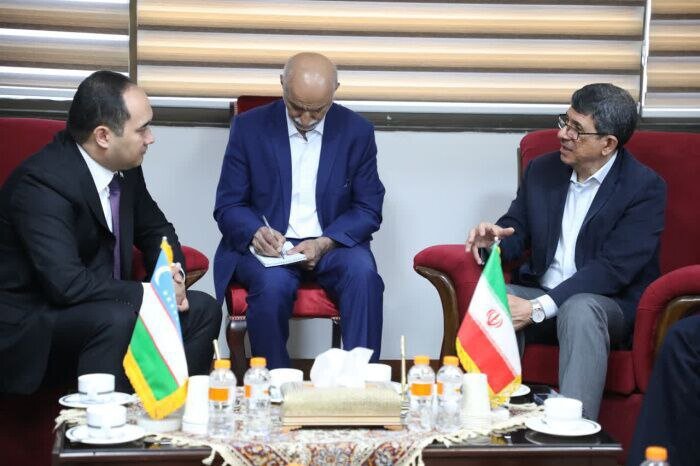Impact of Saudi Arabia and Qatar’s Oil and Gas Extraction on Southern Persian Gulf Earthquakes
In recent weeks, seismic activity has surged in the southern Persian Gulf and along the Saudi Arabia-Qatar border, with seven earthquakes registering magnitudes between 4 and 5. These seismic events, which occurred between March 1 and April 5, 2025, may be linked to hydrocarbon extraction activities, raising concerns about the relationship between oil and gas production and induced seismicity.
Hydrocarbon extraction has been known to alter subsurface stress fields, potentially reactivating faults in the region. The Arabian Plate, which is situated in a tectonically active zone, has experienced notable seismic activity from 2024 to 2025 due to its interactions with surrounding tectonic plates, including the Eurasian, African (Nubian), and Indian plates.
- Movement of the Arabian Plate: The Arabian Plate is shifting northeast at a rate of approximately 1.5-2 cm per year, colliding with the Eurasian Plate, which leads to the formation of the Zagros Mountains.
- Fault Dynamics: The region experiences subduction beneath the Makran Range and rifting in the Red Sea and Gulf of Aden, affecting the stability of deep faults in the crystalline basement rock.
- Hydrocarbon Reservoirs: The Ghawar Hydrocarbon Field in Saudi Arabia and the Shemal Gas Field in Qatar are among the world’s largest hydrocarbon reservoirs, with many local faults under high stress.
The increase in production and wastewater disposal associated with oil extraction could destabilize adjacent faults. Specifically, operations near strike-slip or reverse faults may lead to stress transfer, triggering moderate earthquakes in the magnitude range of 4 to 6. It’s important to note that induced earthquakes can sometimes occur long after extraction operations begin, as stress changes accumulate gradually.
While there have been no major reported instances of moderate earthquake-induced seismicity in the Saudi Arabia-Qatar region, the risk remains when exploration and extraction operations interfere with stressed faults. The potential consequences of these seismic events are significant:
- Mild to Moderate Earthquakes (M3-M5): These can cause damage to infrastructure, pipelines, or offshore platforms.
- Larger Earthquakes (M6+): The risk increases if a major bedrock fault reactivates, potentially impacting cities such as Dammam or Doha.
Although the Saudi Arabia-Qatar region has not yet experienced severe earthquakes, the combination of active subsurface faults and intensive hydrocarbon activity heightens this risk. The earthquakes recorded in March and April 2025 illustrate the plausibility of induced seismicity if production or injection operations disrupt a critical stress fault. Therefore, monitoring and risk assessment are crucial to mitigate these scenarios.
The tectonic seismic framework of eastern Saudi Arabia, Qatar, and Bahrain is characterized by intricate interactions between multiple tectonic plates. This region is prone to seismic activity due to its geological location, which involves major fault systems and ongoing oil and gas production activities.
Specifically, the eastern Saudi Arabia region, which includes Qatar and Bahrain, lies along the boundary of the Arabian Plate. The plate is moving northward relative to the Iran-Eurasian Plate at a rate of about 20 mm per year, generating compressive forces that contribute to regional seismic activity.
Key fault systems, such as the Dead Sea Transverse Fault to the north and various strike-slip faults associated with the Zagros Mountains, accommodate the movement between the plates. Earthquake occurrences in this region can be attributed to both natural tectonic processes and human activities related to oil extraction.
Several geological features are significant in understanding the tectonics of this area, including:
- Active Basement Faults: These faults play a crucial role in the tectonic and seismic behavior of the region, often leading to localized stress concentrations.
- Al-Hasa Fault: Situated near Al-Hasa Oasis, this fault has been linked to historical seismic events.
- Qatif Fault: Located near Qatif, this fault has exhibited signs of activity that may influence local seismicity.
- Qatar Arc: This structural feature impacts the subsurface geology of Qatar and contributes to localized stress along existing faults.
Historical records indicate that seismic events in this region often occur in clusters or sequences rather than as isolated incidents, reflecting the complex interactions between local geological structures. The correlation between hydrocarbon extraction and induced seismicity is apparent in eastern Saudi Arabia.
Oil extraction processes can lead to significant changes in subsurface pressure conditions, which could trigger small earthquakes. Seismic activities have been documented near major oil fields like Ghawar, where fluid extraction may alter local stress conditions.
The Saudi Arabian Geological Survey and the Iranian Seismic Network are actively monitoring seismic activity in oil production areas. Data gathered from these monitoring efforts reveal a correlation between periods of heightened hydrocarbon extraction and increased seismic events.
Concerns about the safety of infrastructure and the long-term sustainability of oil production practices in this seismically active region are paramount. The tectonic structure of eastern Saudi Arabia, Qatar, and Bahrain is shaped by complex plate interactions, resulting in substantial seismic activity driven by both natural processes and human activities from oil and gas production. Continuous monitoring is essential to understand these dynamics and mitigate the risks associated with seismic hazards in this economically vital area.






